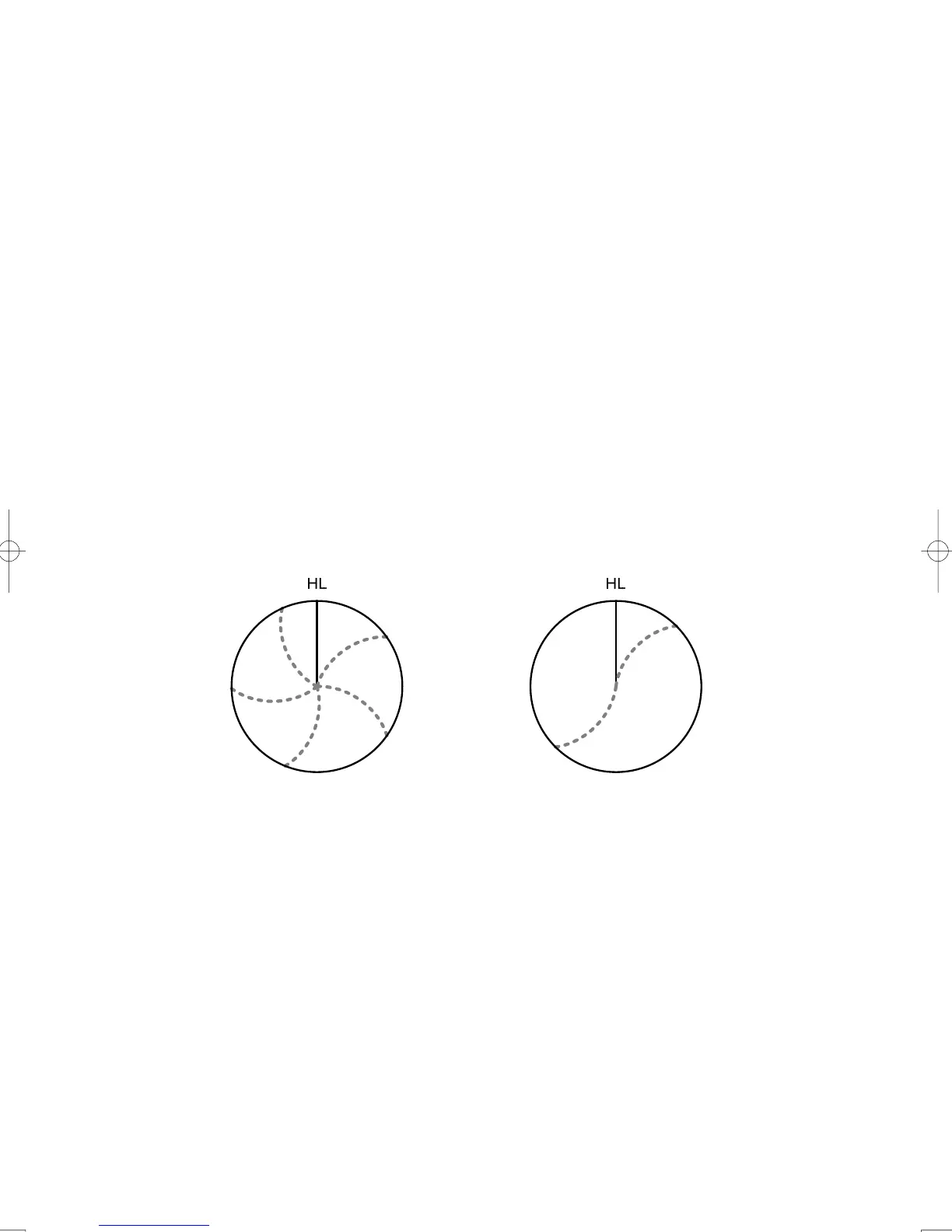6-11
[V] Second Time Echoes
The maximum radar detection range depends upon the height of the scanner and the height of a target as
described in the section “6.1 RADAR WAVE WITH THE HORIZON”. If a so-called “duct” occurs on
the sea surface due to a certain weather condition, however, the radar beam may propagate to a abnormally
long distance, at which a target may be detected by the radar.
For instance, assuming that the pulse length is MP3 (on the repetition frequency of 1400 Hz), the first
pulse is reflected from a target at about 58 NM or more and received during the next pulse repetition time.
In this case, a false echo (second time echo) appears at a position that is about 58 NM shorter than the
actual distance. If the false echo appears at 5 NM on the radar display, the true distance of the target is
5+58=63 NM. On the pulse length is SP1 (on the repetition frequency of 2250 Hz), a false echo may
appear at a position that is about 36 NM shorter than the actual distance.
This type of false echo can be discriminated by changing over the range scale (the repetition frequency),
because the distance of the target changes accordingly.
If second time echo is appeared, when PRF menu set to Economy. Otherwise, Stagger Trigger menu set
to on. (See section “3.8.3 Set Scanner Unit”)
[VI] Radar Interference
When another radar equipment using the same frequency band as that on own ship is near own ship, a
radar interference pattern may appear on the radar display. This interference pattern consists of a number
of spots which appear in various forms. In many cases, these spots do not always appear at the same
places, so that they can be discriminated from the target echoes. (See Figure 6.9)
Figure 6.9 Radar interference
If radar equipment causing an interference pattern and this radar are of the same model, their transmitting
repetition frequency is nearly the same. As a result, interference patterns may be displayed
concentrically.
In this case, the interference patterns cannot be eliminated by using only the interference reflector function,
so fine-tune the transmitting repetition frequency. (See section “3.8.3 Set Scanner Unit”)
An interference suppressing effect can be heightened by applying a different transmitting repetition
frequency to the interference pattern source radar and this radar.

